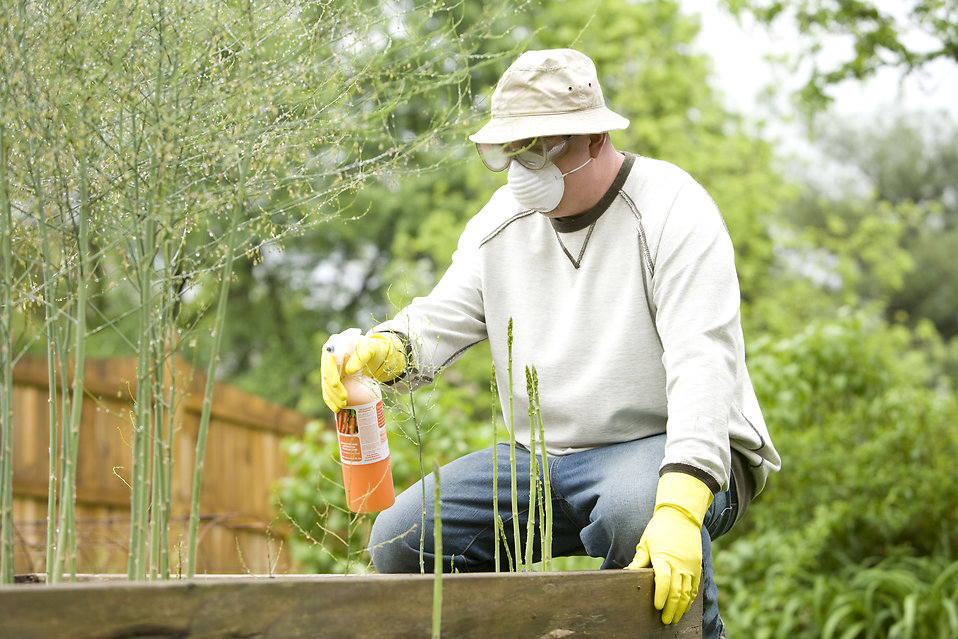The Environmental Protection Authority (EPA) is making changes to the way some chemicals are managed in New Zealand.
It is ramping up its reassessments programme and taking action on some chemicals to ensure risks to people and the environment continue to be managed effectively.
As New Zealand’s independent regulator, the EPA manages the regulation, approval and reassessment of chemicals classed as hazardous substances under the Hazardous Substances and New Organisms (HSNO) Act.
Working with international counterparts it has identified a priority chemicals list of around 40 chemicals that require review and scrutiny.
This will involve reviewing the rules that apply to those chemicals to ensure risks to people and the environment continue to be managed effectively, providing greater confidence for New Zealanders that the EPA is properly managing their health and environmental concerns on their behalf and on behalf of future generations.
“This is an extensive and important programme of work that goes to the heart of keeping New Zealand and New Zealanders safe,” says EPA Chief Executive Dr Allan Freeth.
“It is designed to lay the foundations for a modern chemical management system; one supported by robust and up-to-date evidence and data, and which aligns with the standards, knowledge and practices recognised by our regulatory partners globally.
“Industry groups, importers, manufacturers and our trading partners will also enjoy greater consumer and international confidence in the way New Zealand manages its chemical regime.
“Our worldwide knowledge about chemicals and their effects increases every day through advances in science and technology.
“At times, new information may indicate a chemical poses more risks than existed, or that we knew of, at the time it was originally approved for use in New Zealand.
“But when an approval is granted for a chemical to be used in New Zealand that approval does not expire. The only legal way it can be amended or revoked is when the EPA, or an interested party, takes formal action.
“The EPA did this in April 2017 when it reassessed five approvals for the pesticide chlorothalonil. At that time it revoked four of those approvals for domestic use and restricted a fifth approval to commercial use only.”
As part of the programme, grounds for reassessment have already been established for the herbicide paraquat, and a call for information has been completed. Further grounds for other chemicals on the priority list are being prepared for consideration by an EPA decision-making committee in the near future.
Reassessments can be complex, lengthy and some may cost more than $1 million. The EPA is funding this initial reassessment work by reprioritising its current expenditure, and is in discussion with the government on longer-term funding.
The priority chemicals list can be viewed HERE.
Background notes with the press statement from the EPA include:
• A large and diverse number of chemicals classed as hazardous substances are in use in New Zealand. There are around 9,000 individual approvals and 210 Group Standards, which cover a total of some 150,000 substances.
• A Group Standard can be used to approve ranges of similar substances routinely used in groups of commercial products (for example, toothpaste, cosmetics, some industrial raw materials etc). A significant number of approvals have been carried forward from regimes in place before the Hazardous Substances and New Organisms Act came into full effect.
• Reassessment is the formal legal process for the EPA to evaluate any new information, and take action to prevent, manage, mitigate or reduce risks that may have come to light since an approval was first granted. The process is a two-step one. More information on how it works is available HERE. For more information on the reassessment programme, click HERE,.
• The EPA assesses and approves hazardous substance applications (about 100 new applications/year) with appropriate input from WorkSafe New Zealand.
• The Priority Chemicals list replaces the EPA’s former Chief Executive-Initiated Reassessments list.
Source: Environmental Protection Authority












